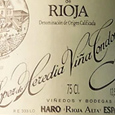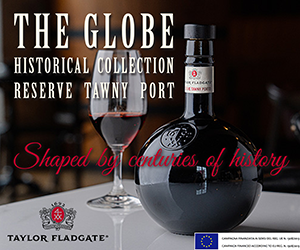What do Champagne, Chablis, Toscana, Bourgogne, Jerez, Alsace, Paso Robles, Niagara Valley, Saint-Émilion, Côtes du Rhône, Coonawarra, Apulia, and Nemea all have in common?
These diverse wine regions, and many others, all have vines rooted in various forms of limestone.
Limestone is a sedimentary soil, high in calcium carbonate. Sedimentary soil is comprised of solidified mineral or organic deposits from the Earth, often left by bodies of water. Limestone forms from the decomposed, compressed bodies of sea creatures, and accounts for around 15% of the soils on the planet. Over time, these layers settle down to the bottom of shallow oceans and, depending on how much heat and pressure they're subjected to, can be as soft as talc or chalk, or as hard as marble.
All limestones, however, are not the same. The term limestone refers to rocks composed of 50% or more calcium carbonate. That means 49% of the rock can be something else, such as clay, sand, silt, gravel or more. Look at Chablis’ famed Kimmeridgian soils, which are as much clay as they are limestone. Or the legendary Grands Crus of the Côte de Nuits, anchored in marl, which is a mixture of soft limestone and clay.
For a grower, the benefits of limestone are many. Limestone and chalk (a variant of limestone) are well-draining, but also water-retaining, able to absorb and hold water for vines to access when they really need it. The soils are also friable, allowing for root exploration and root health. They produce higher-acidity wines since the ample amount of calcium in the soils displaces the acidity-draining potassium. There is also evidence that calcium absorbed by the vine is essential to increasing the disease resistance of the berries by concentrating in the skins.
And what about the benefits for tasters? For me, limestone wines are always quite linear, with a defined cut, and a characteristic buzz that vibrates along the palate, in various degrees. I find wines from limestone soils quite distinct, and alluring, with an element of electricity. This is especially true when the soils are matched up to limestone-loving, terroir-transmitting grapes, like Chardonnay and Pinot Noir.
Here's a Top 10 of recently tasted wines grown on limestone soils:

 quicksearch
quicksearch



















